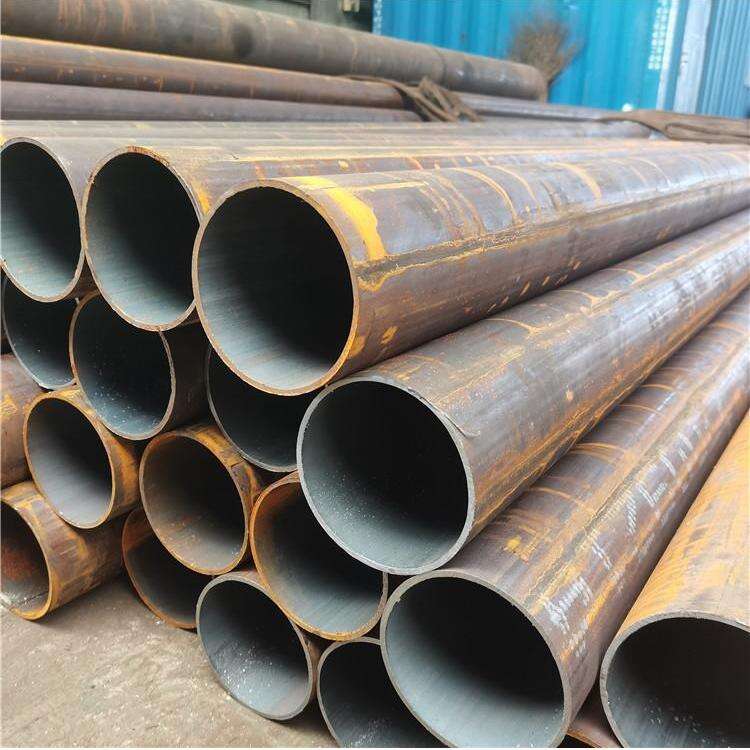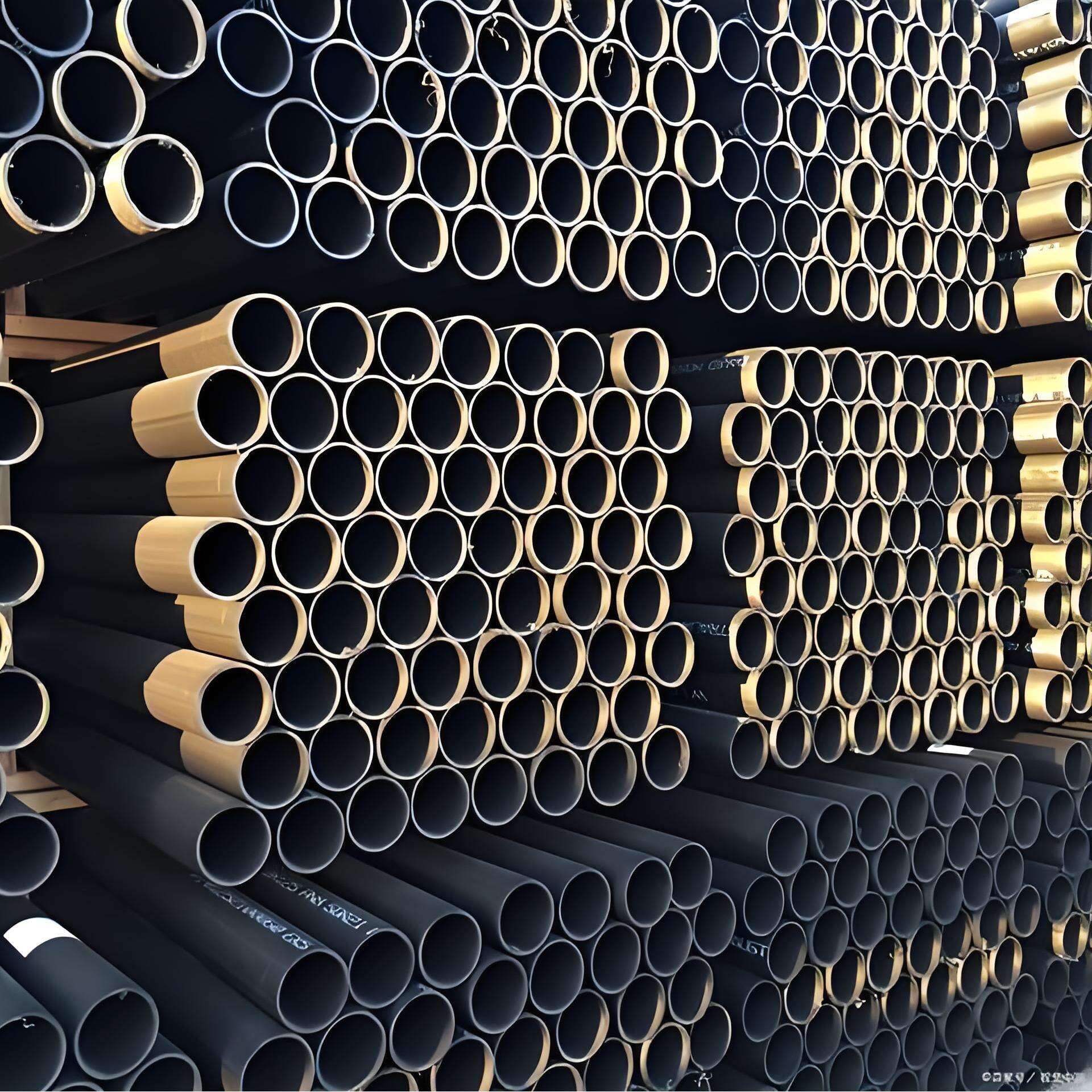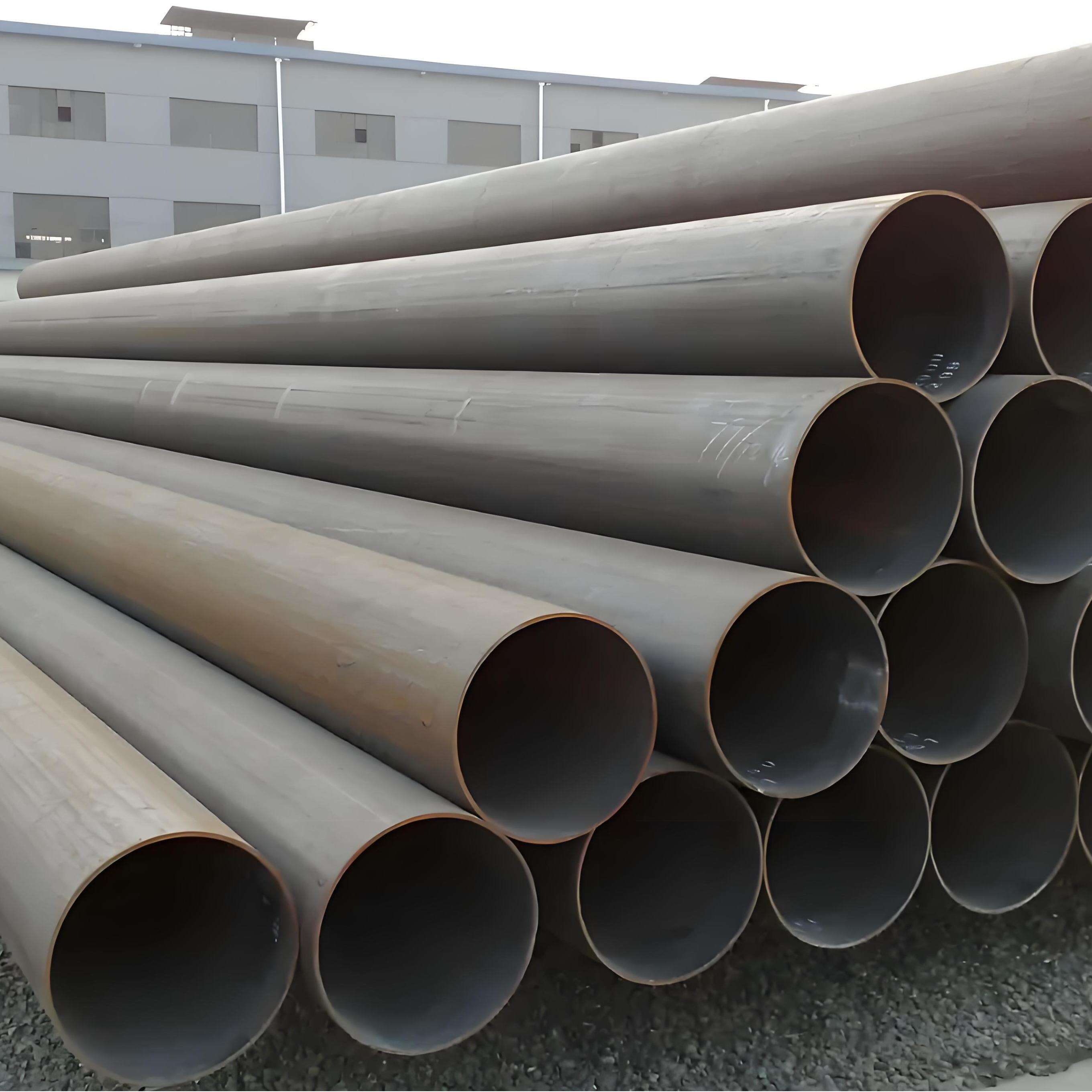low carbon steel pipe
Low carbon steel pipe represents a fundamental component in modern industrial and construction applications, characterized by its carbon content typically ranging between 0.05% and 0.25%. This composition results in a material that offers an optimal balance of strength, formability, and cost-effectiveness. The manufacturing process involves careful temperature control and precise rolling techniques to ensure consistent quality throughout the pipe's structure. These pipes excel in applications requiring frequent welding and forming operations, as their lower carbon content minimizes the risk of brittleness and cracking during fabrication. They demonstrate remarkable versatility in various environments, particularly in water transportation, structural support systems, and general construction projects. The pipe's inherent mechanical properties include good ductility, excellent weldability, and superior machinability, making it an ideal choice for both residential and industrial applications. Modern manufacturing techniques incorporate advanced quality control measures, ensuring that each pipe meets strict dimensional tolerances and structural integrity requirements. The surface finish can be customized according to specific application needs, ranging from bare metal to various protective coatings that enhance corrosion resistance and longevity.


